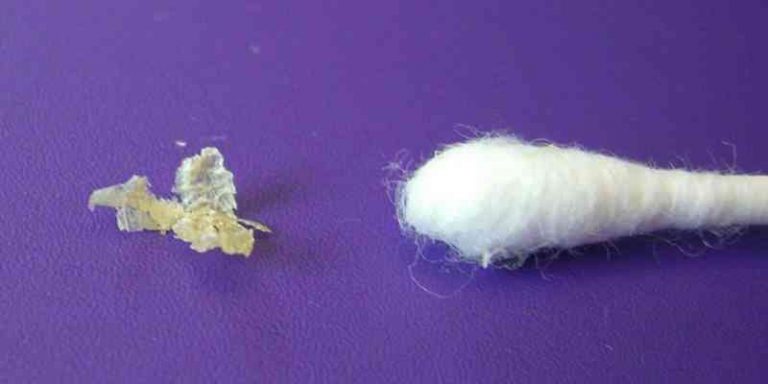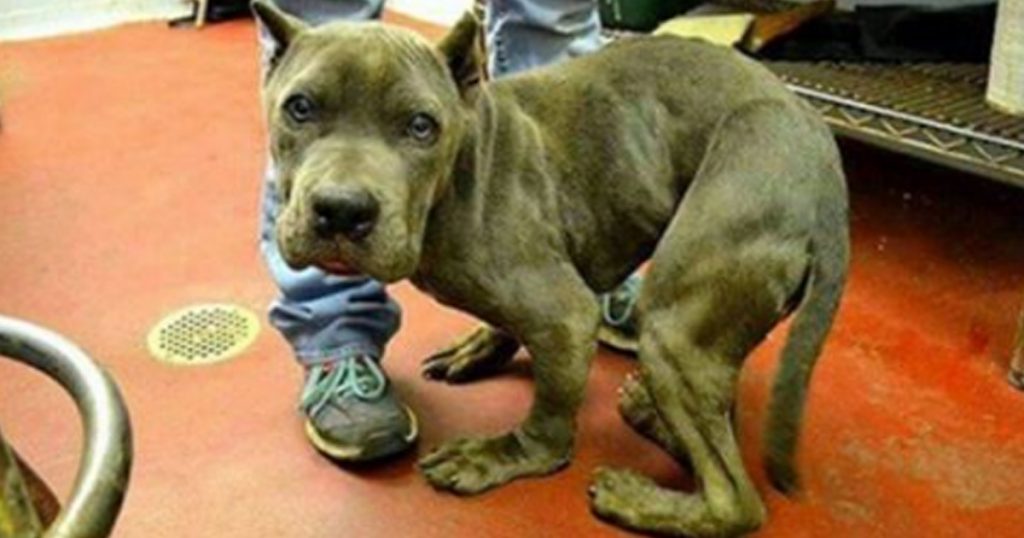Earwax protects and moisturizes the skin of the ear canal, which prevents dry, itchy ears. It also contains special chemicals that fight off infections that could damage the skin inside the ear.
There are different types of colors your ear wax can be, and with the help of a q-tip, you can determine that the color means.
Grey Earwax: If your earwax is of grey color, and you are experiencing no symptoms, then there is nothing to worry about. Chances are it is just dust, and those who live in the city will experience this because of the pollution in the air.
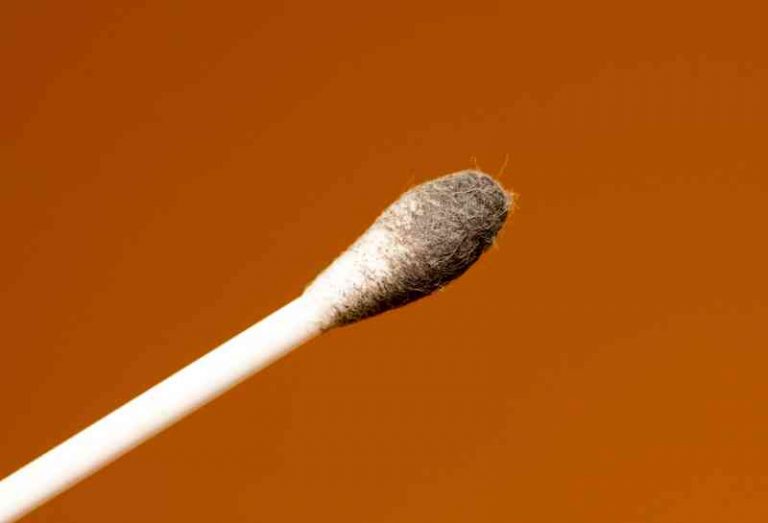
Traces of Blood In the Earwax: If you notice traces of blood in your ear wax, it can indicate that the eardrum is perforated. In this case, your ears are susceptible to infections and your hearing can be greatly affected because of it.
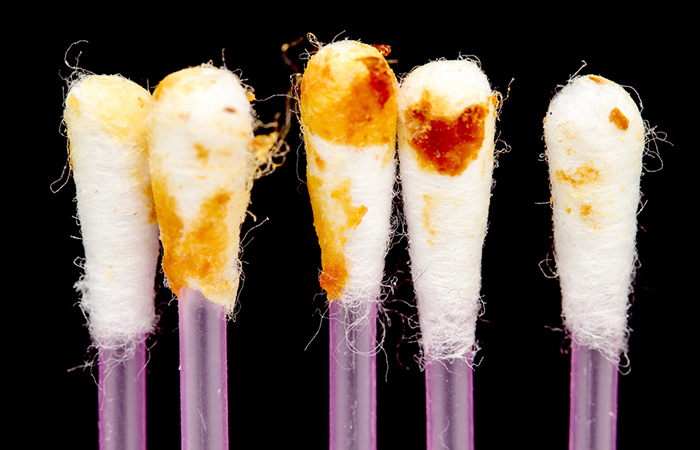
Brown Earwax: If your earwax is of a brown discharge, it can indicate that your body has gone through a very stressful time. The best thing to do if you notice this is to take a few days to relax and then do another swab and see if the color has changed.
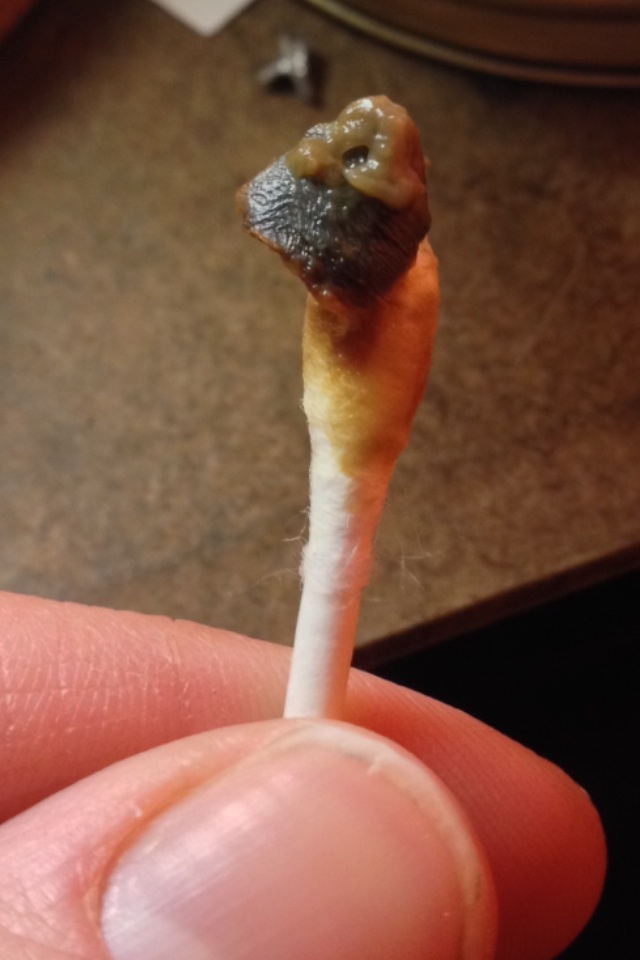
Black Earwax: If you notice this once then there is nothing to worry about. However, if your ears become itchy and the itching becomes constant, then you should go see a doctor because the black earwax signifies a fungal infection.
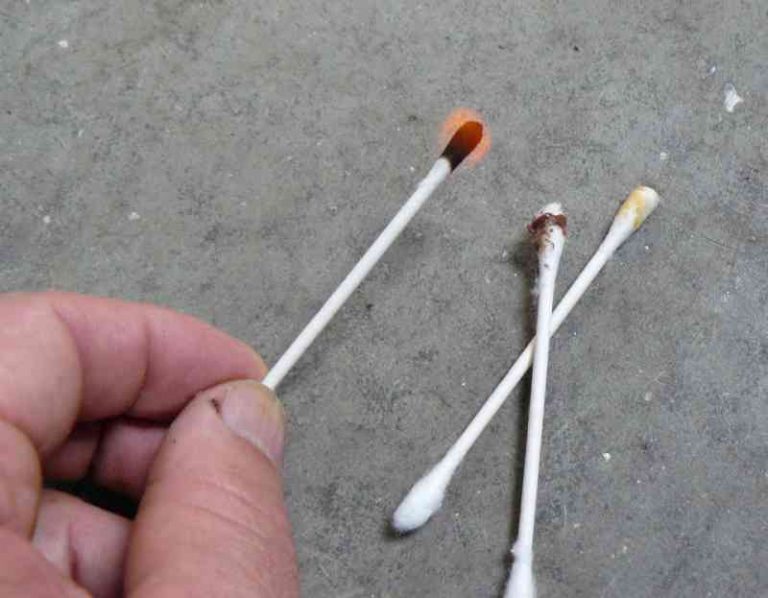
White Earwax: White earwax signifies that there is a lack of vitamins in your body, specifically copper and iron. It is recommended that you add beans and oatmeal to your diet, both of them contain high levels of cooper and iron.

Smelly Earwax: If you notice that your earwax has a very potent and unpleasant smell, it could mean that you have an ear infection. Aside from the smell, you may also hear a noise or feel your ears pop from time to time. If this occurs, go see a doctor immediately.
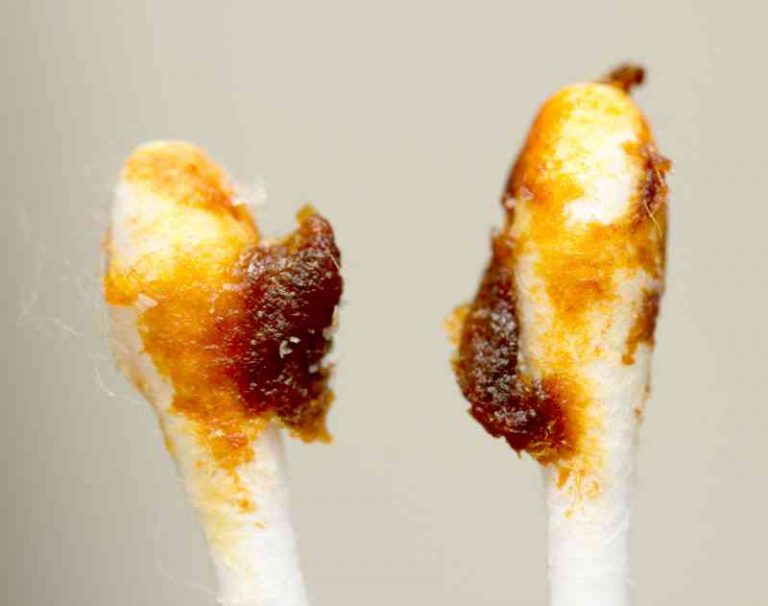
Liquid Earwax: Normally earwax is mushy or hard, but if you recently notice that it has become a liquid form, it may indicate that inflammation is beginning to form in your ear.
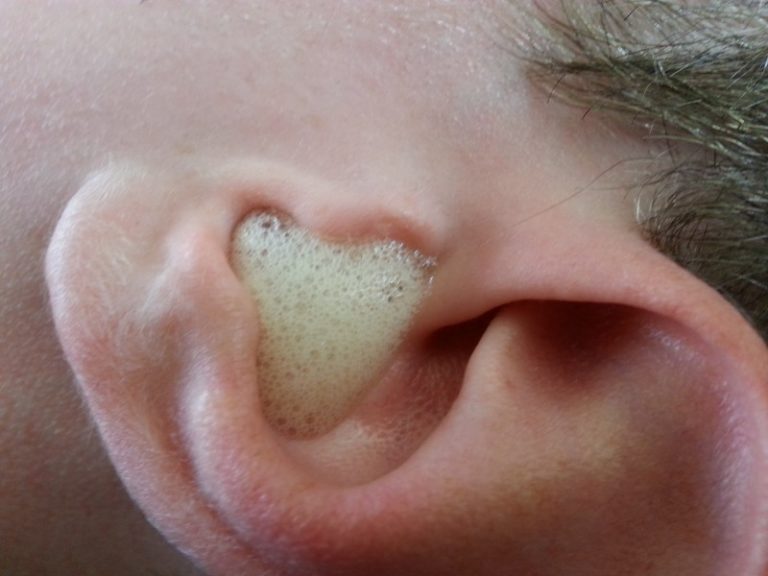
Dry Earwax: Dry earwax means that your body is lacking lean fats. Another reason could be a skin infection or other skin diseases that are causing your skin to dry up.
